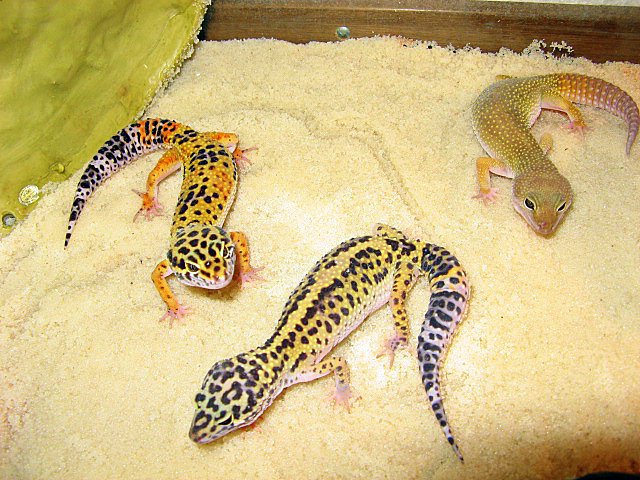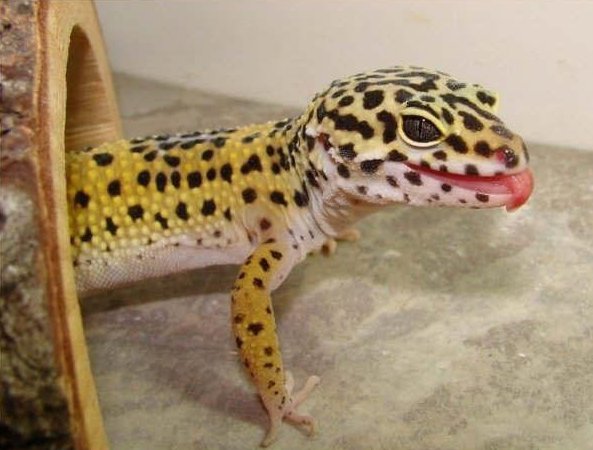Leopard Geckos (Eublepharis macularius) possess distinct personalities, accept handling, are easy to breed, do not require UVB radiation and are content with modestly-sized terrariums – surely as close to a “perfect reptile pet” as one can imagine. However, while some have reached ages of 20+ years, Leopard Geckos will not thrive if their specific needs are not met. Drawing from my work with this and related species at the Bronx and Staten Island Zoos, today I’ll describe the type of captive habitat these fascinating lizards require, and some useful products that will help you excel in Leopard Gecko care. I’m also hoping to publish a revised edition of a book I’ve written on Leopard Geckos…I’ll try to include any interesting observations you might post below.
Natural History
Understanding an animal’s natural history is a critical first step in successful captive care and breeding.
The Leopard Gecko is found in southeastern Afghanistan, western India, Pakistan, Iraq, and Iran, where it frequents desert fringes and arid grasslands. Its habitat is characterized by sand, gravel, rocks, tough grasses and low shrubs (please see photo). In the course of the year, temperatures may range from 41-104 F. Please see the article linked below for further information on Leopard Geckos in the wild. Read More »
 That Reptile Blog – Reptile, Amphibian and Exotic Pet Care and Information
That Reptile Blog – Reptile, Amphibian and Exotic Pet Care and Information



